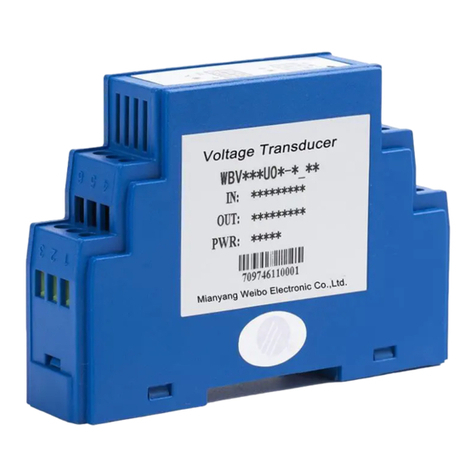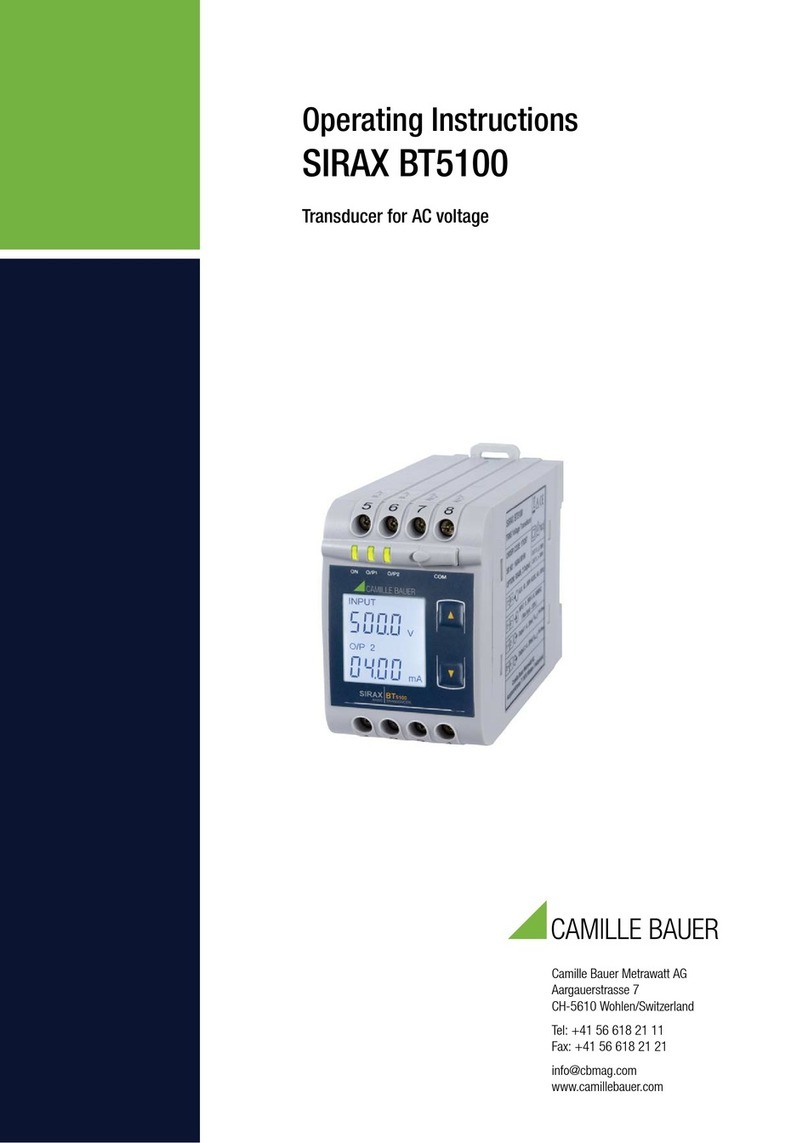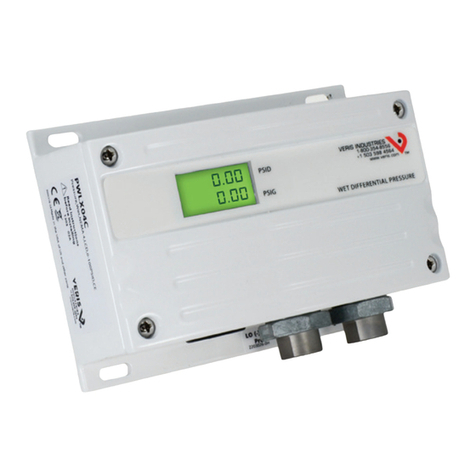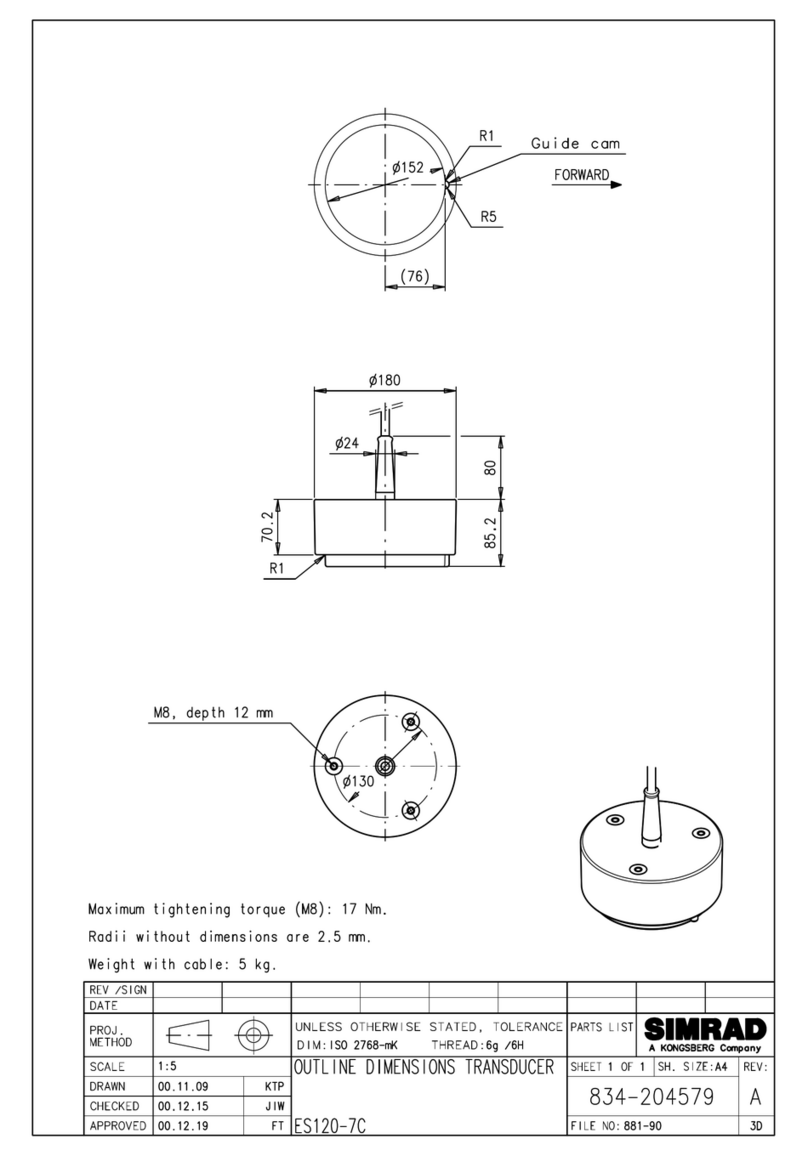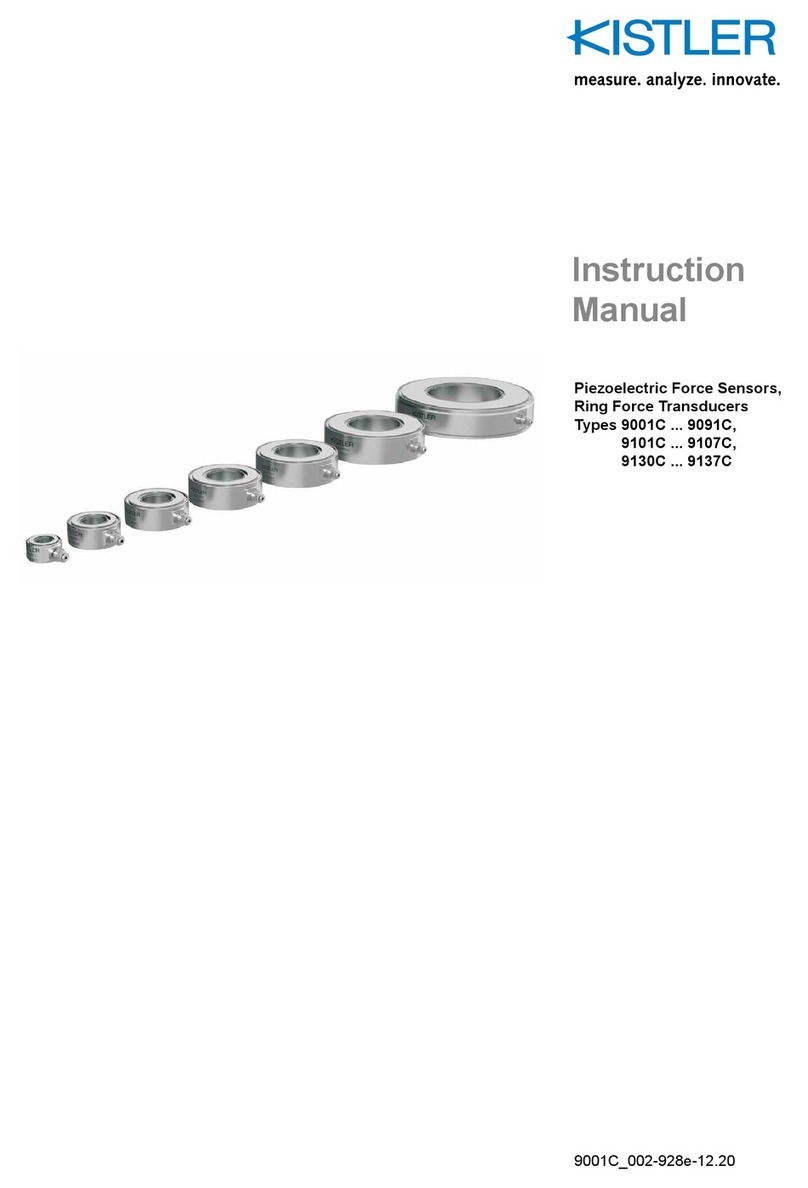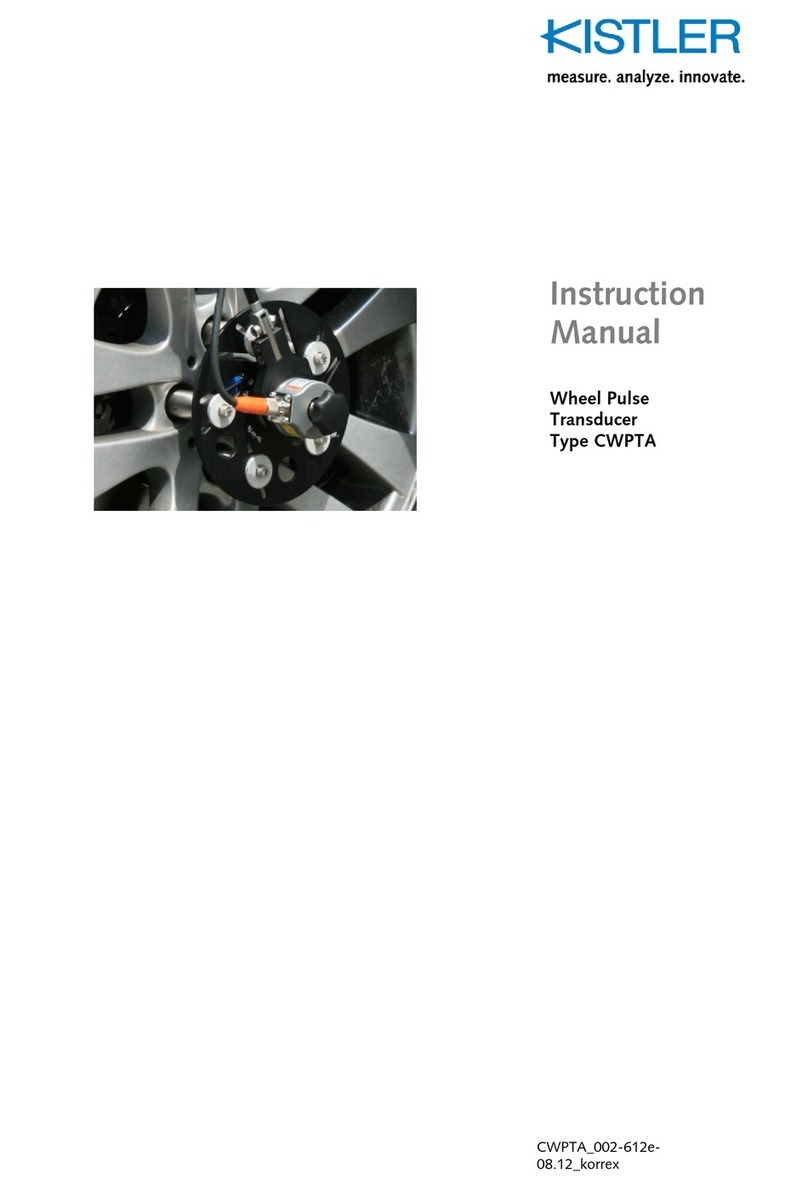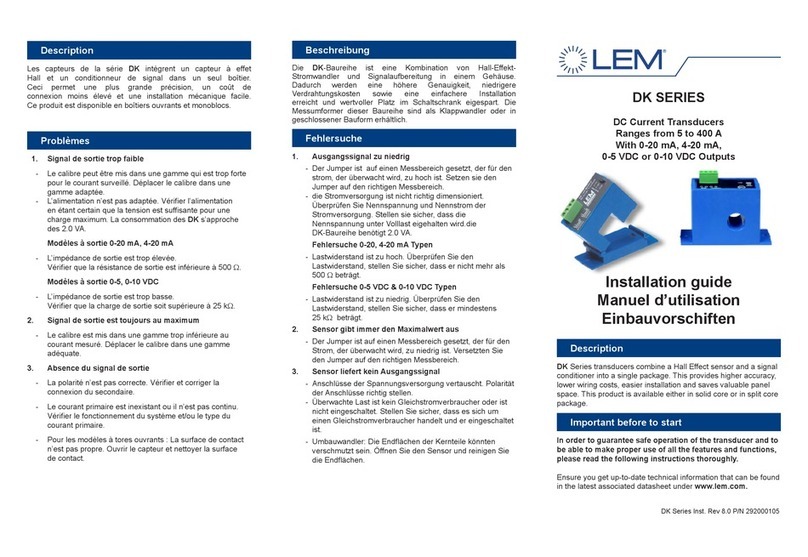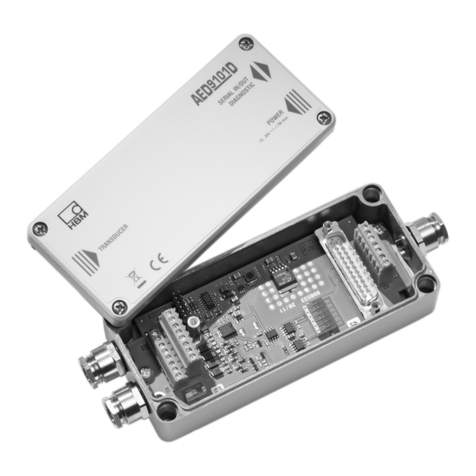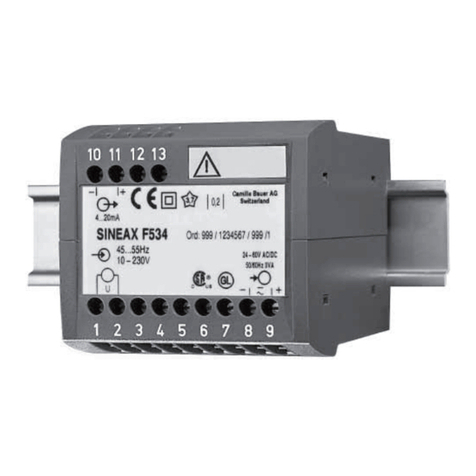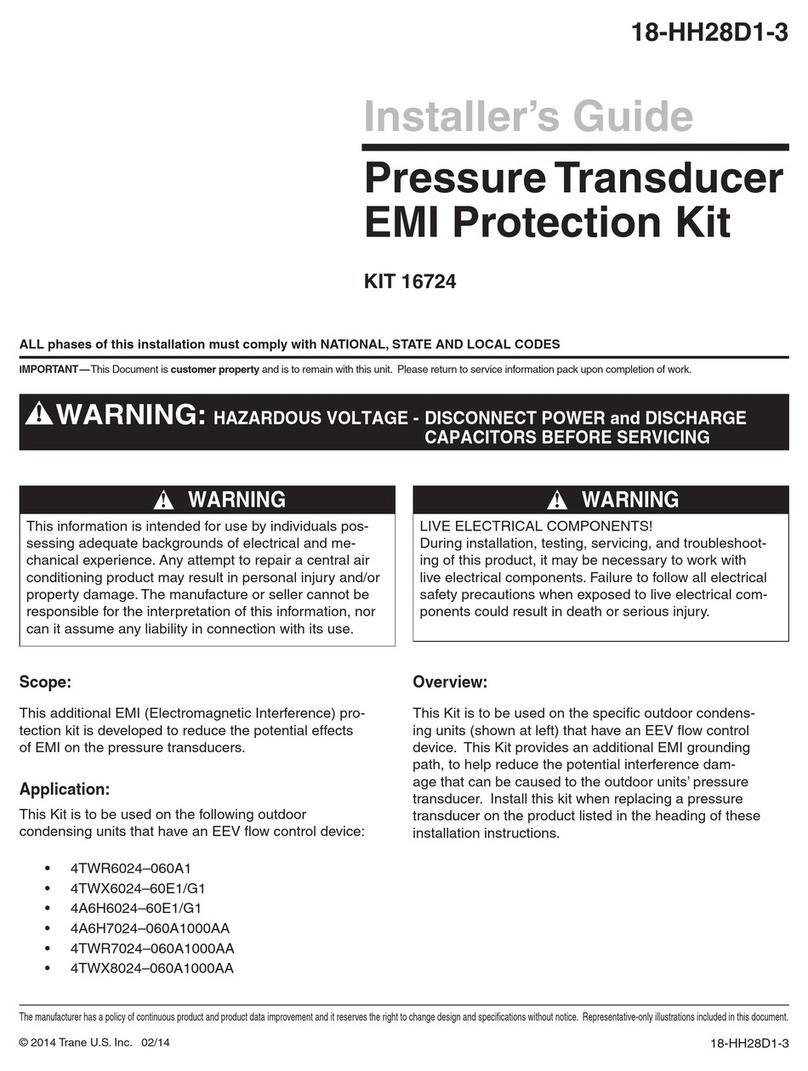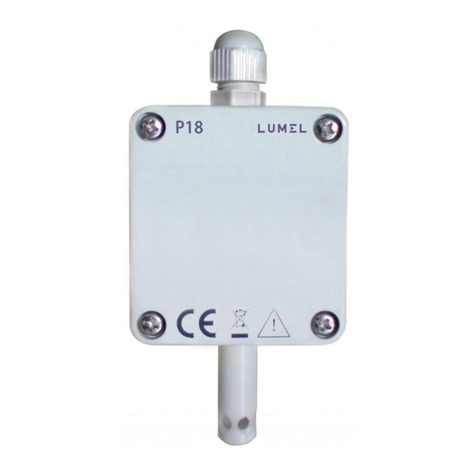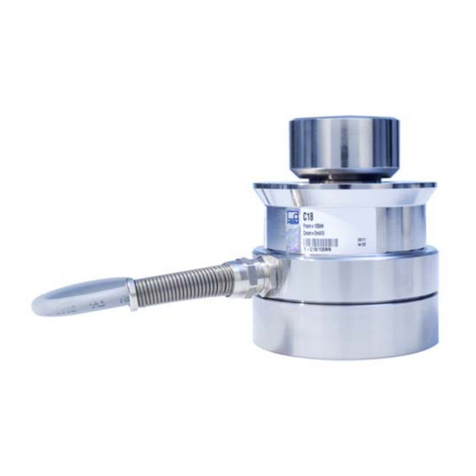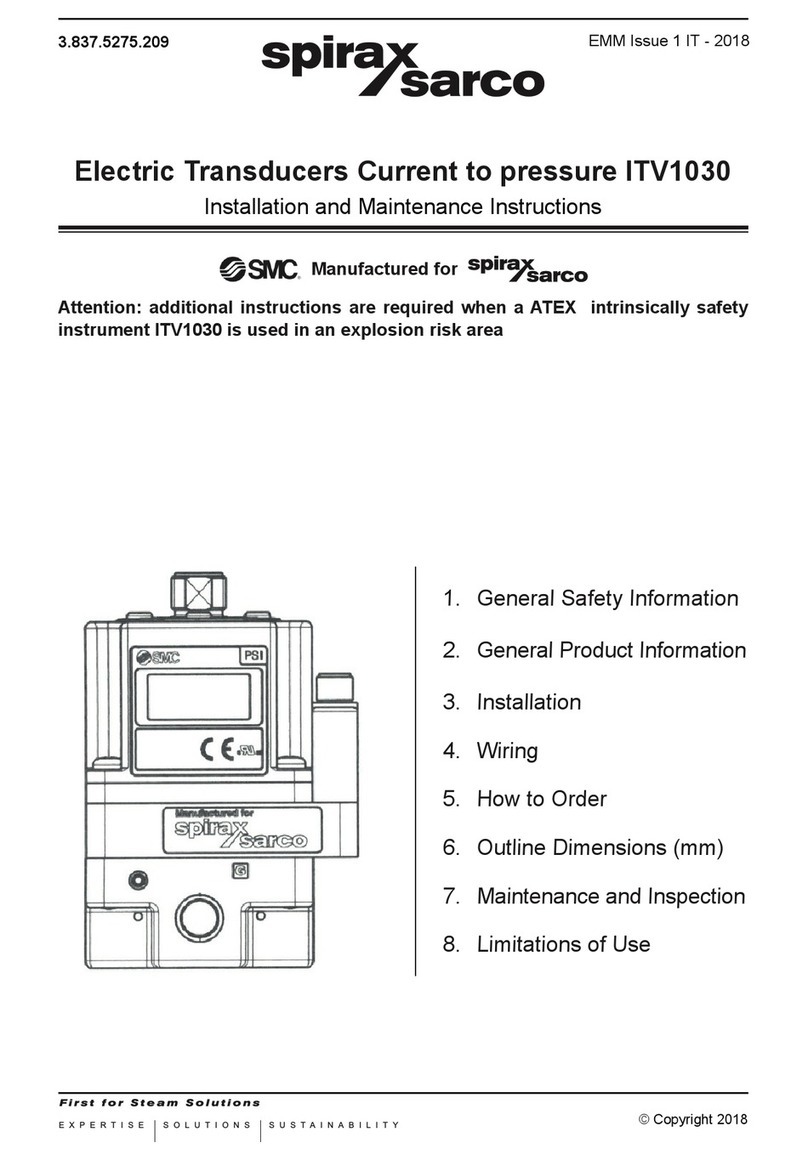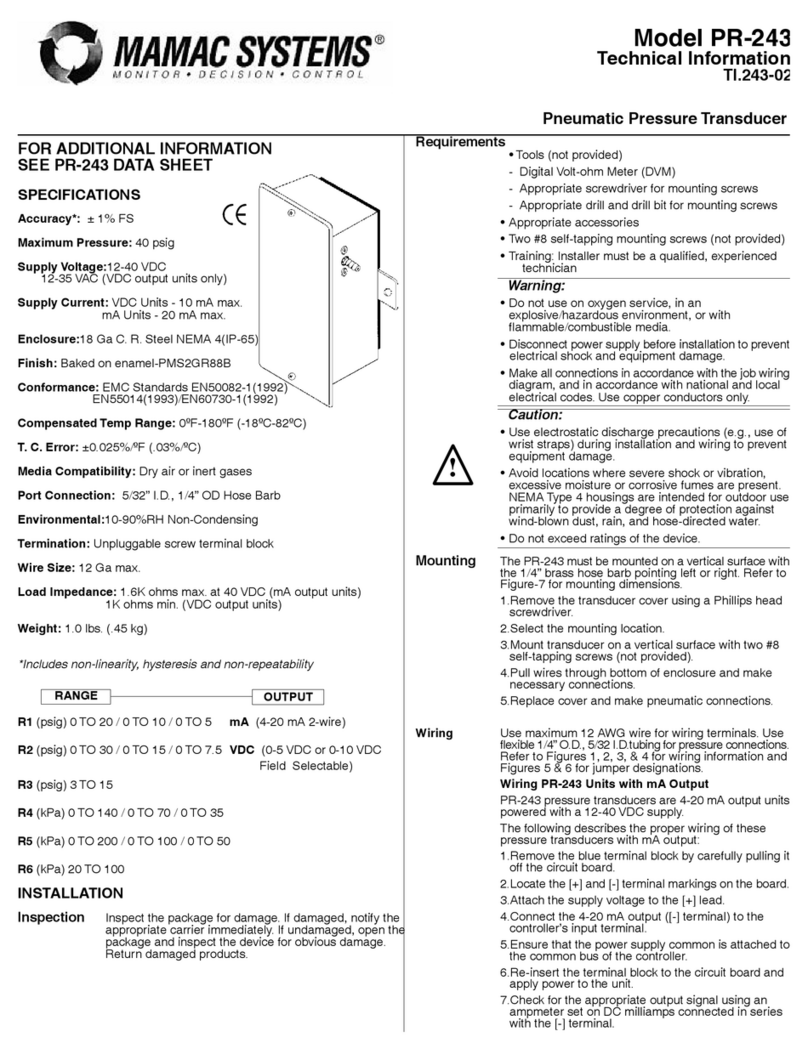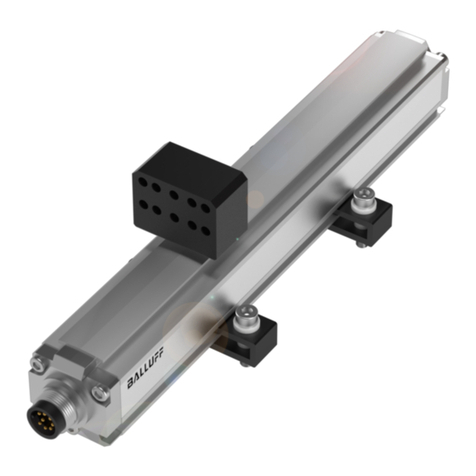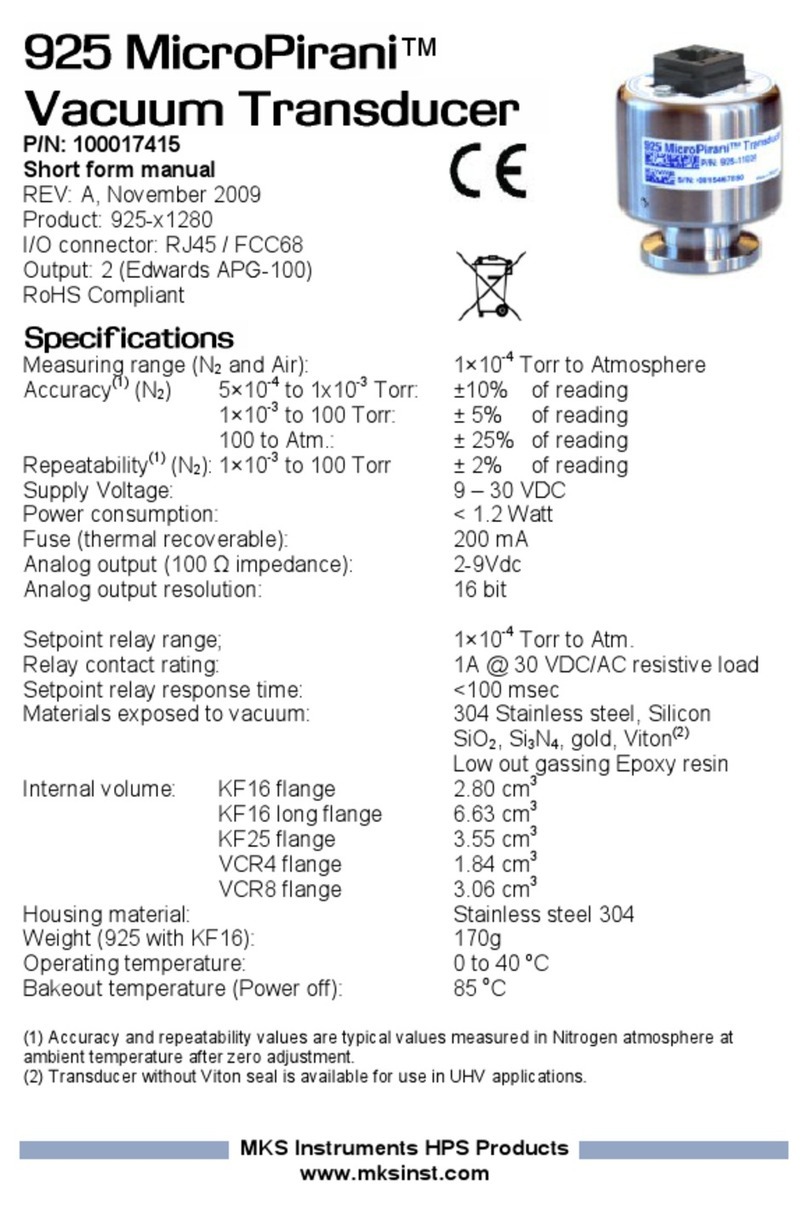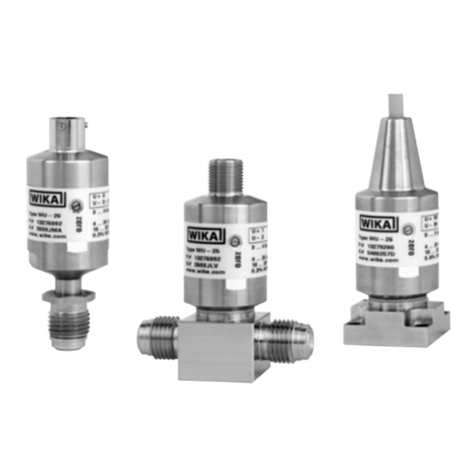
3-Component Force Link, Type 9327C
Page 2 9327C_002-477e-05.10
Content
1. Introduction ................................................................................................................................... 4
2. Important Notes............................................................................................................................. 5
2.1 For Your Safety .................................................................................................................... 5
2.2 Unpacking............................................................................................................................ 6
2.3 Notes on Handling the Instrument ....................................................................................... 6
2.4 Tips on the Use of this Instruction Manual ........................................................................... 7
2.5 What Happens in the Event of Changes? ............................................................................. 7
3. General Description of the Instrument........................................................................................... 8
3.1 What is the Purpose of a 3-Component Force Link? ............................................................ 8
3.2 Functional Principle ............................................................................................................10
4. Assembly, Installation and Initial Start-Up .................................................................................. 11
4.1 Important Notes.................................................................................................................11
4.2 Mounting of 3-Component Force Link............................................................................... 11
5. Measuring Range/Introduction of Force ...................................................................................... 13
5.1 3-Component Force Measurement Using a Dynamometer ................................................ 13
5.2 6-Component Force Measurement Using a Dynamometer ................................................ 15
5.3 3-Component Force Measurement Using a Single Force Sensor......................................... 16
5.4 Measuring System with 3-Component Force Link .............................................................. 21
5.5 Measuring System with four 3-Component Force Links (Dynamometer)............................ 21
6. Operation..................................................................................................................................... 22
6.1 Range Selection.................................................................................................................. 22
6.2 Measuring Small Force Changes......................................................................................... 22
6.3 Useful Frequency Range..................................................................................................... 24
6.4 Piezoelectric Force Measurement ....................................................................................... 26
6.5 Hints for Better Measuring Results ..................................................................................... 29
6.6 Polarity of the Measuring Signal......................................................................................... 29
7. Maintenance ................................................................................................................................30
7.1 Recalibrating the Instrument .............................................................................................. 30
7.2 Maintenance Work ............................................................................................................ 30
8. Rectifying Faults .......................................................................................................................... 32
8.1 Troubleshooting .................................................................................................................32
8.2 If Your Sensor is Defective.................................................................................................. 32
9. Technical Data ............................................................................................................................. 33
9.1 3-Component Force Link Type 9327C ............................................................................... 33
9.2 Dimensions 3-Component Force Link Type 9327C............................................................. 34
9.3 Optional Accessories .......................................................................................................... 35
